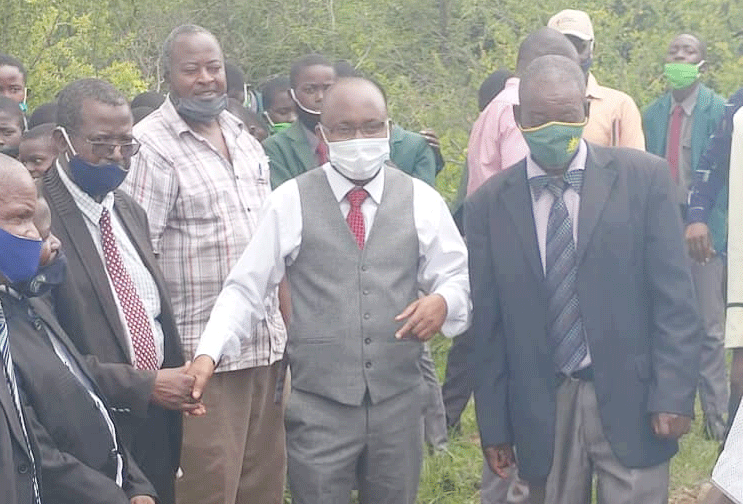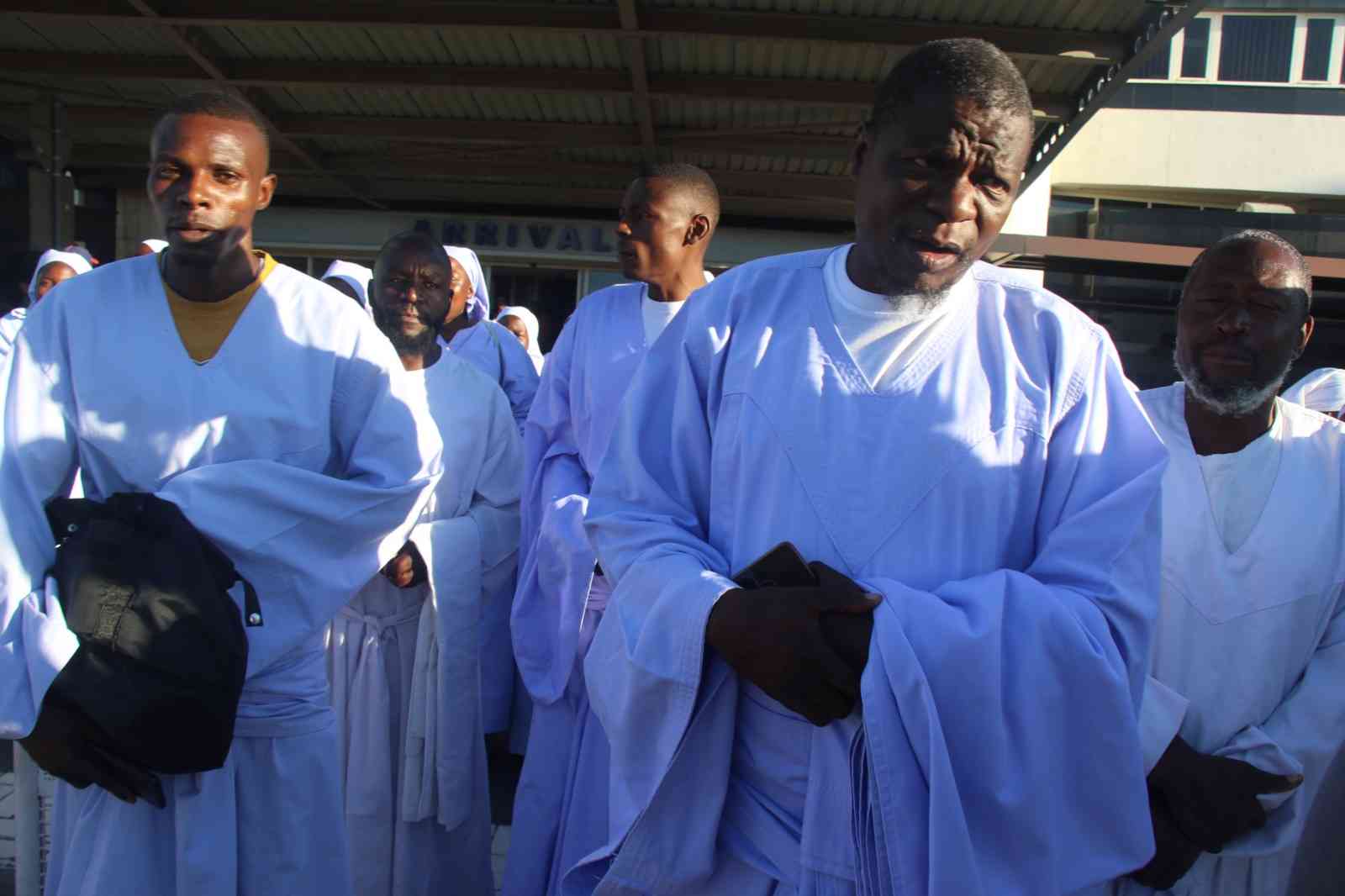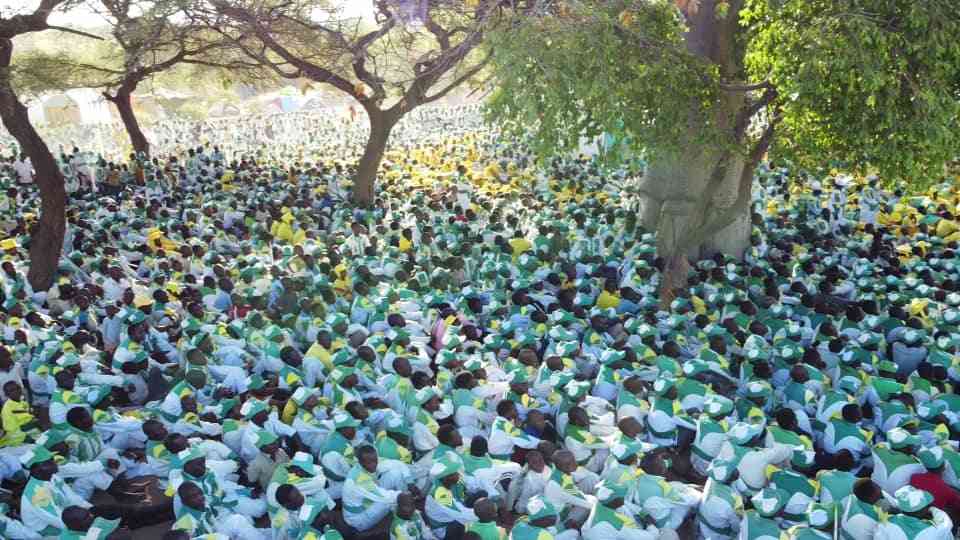
travelling & touring:with Burzil Dube
THIS week’s piece was meant to dwell on Northend, a low-density suburb, adjacent to the Central Business District in Bulawayo which some residents reckon is under an unwritten curfew owing to prevalent muggings and robberies.
However, this suburb has an “umbilical relationship” with the two Shangani battles of October and December 1893 between the Matabele warriors and early colonial settler forces.
Let us leave that for another day and most probably another year as well.
Yours truly, who usually is of the same school of thought as the biblical doubting Thomas, who seemed not to take issues at face value, rued the night he decided to take a solo evening stroll along the famed Colenbrander Avenue.
What happened during that particular saunter is anyone’s guess, but what yours truly vividly remembers is lying parallel to the ground minus clothing as well as jogging shoes and nursing broken jaws.
Even to this day some form of reward is still being offered for the safe return of those clothes and the ultimate prosecution of the muggers.
This happened about a decade ago and nothing seems to have changed in this particular suburb.
- Chamisa under fire over US$120K donation
- Mavhunga puts DeMbare into Chibuku quarterfinals
- Pension funds bet on Cabora Bassa oilfields
- Councils defy govt fire tender directive
Keep Reading
However, let us leave this aside.
Recently I got an e-mail from one G Sibanda, giving me plaudits on the narration made in the previous article concerning the Shangani Battle of October 25, 1893 as alluded at the beginning of this article.
He was in agreement that the monument in Shangani is desolate and needs some touch-ups by the powers-that-be.
Sibanda added that the commander, who was injured and later died at that battle was Manyewu Ndiweni.
The writer went on to state that he considered the “actual” battle to have taken place at Mbembesi on November 1, 1893 where the term vala ngebhetshu could have been coined.
This is another piece of historical tourism, which needs to be marketed and studied in detail as some writers are of the opinion that this was indeed the real turning point leading to the destruction of King Lobengula’s Matabele Kingdom.
It is said that following the Battle of Shangani in October 1893, the early settler forces, the then Salisbury and Victoria columns under Major Patrick Forbes whose troops numbered about 690 and who were mostly on horseback, continued their march towards Bulawayo.
At their disposal were Martini Henry rifles, a few Maxim rifles and machine guns while the Matabele also had a few rifles, but were more adept with their traditional weapons comprising of spears and shields.
The Matabele battalion was composed of regiments in the mould of Insukamani, IHlathi, INqubo, ISizinda and INduba, among others, whose fighting prowess left the early settlers flummoxed.
Yours truly envied the way one Zwide Nxumalo in one of various social media chat groups described how the Matabele impi outfoxed these two columns in that battle that is also known as the Battle of Gadade in memory of our gallant warrior forefathers, who fought to resist the colonial occupation of our country (November 3, 1893): The Battle of Gadade (eMbembesi).
At Gadade the Matabele warriors relaunched their military onslaught on the advancing Pioneer Column. They adopted their familiar cow-horn formation.
IHlathi, INsukamini, INqobo, ISiziba and INduba formed the right flank and led the attack.
UMcijo, Amavene, uJinga and INxa formed the left flank.
IMbizo and INgubo, the crack Matabele regiments, formed the military epicentre of the entire campaign. They were commanded by Generals Mtshana Khumalo (uNdindikuyasa) and Fusi Khanye respectively.
Leander Starr Jameson, one of the prominent leaders of the invasions was later to express bewilderment at what he had witnessed at Gadade when the colonial invaders clashed with the Matabele warriors:
“The pluck of iMbizo and INgubo regiments was amazing…No troops anywhere in the world could have fought and withstood such terrific fire as was unleashed for half as long as the Matebele took it…hour after hour they kept coming
“The amajaha fought extremely bravely in defence of their land, their king, their sovereignty, their nation, their dignity and pride as amaNdebele.
“They fought until they blocked the nozzle of the Maxim gun with their leather aprons (amabhetshu) after spearing to death the operator of the machine.
“Alwa amabutho enkosi aze awuvala umlomo wesigwagwagwa ngebhetshu” (Hudson Halimana ZTV, August,1992)
As to what happened after this particular epic battle is everybody’s guess and this has also resulted in the Zimbabwean government bestowing General Mtshane Khumalo national hero status.
The same also applies to the final battle place between the Matabele and early settler forces in Pupu near Lupane that has also been designated a national monument.
However, the multi-million dollar question is the location of the Mbembesi Battle site which some individuals today are not even aware of its existence.
The Mbembesi Monument site is situated about 34km at the junction of the Bulawayo-Gweru road and the Falcon College road on White Run’s Farm.
While the monument plaque states that the war was fought about 274m south, it is believed that it was fought 1,3km south.
Yours truly was recently shocked upon discovering that schoolchildren from adjacent learning institutions in Mbembesi are not even aware of the existence of such an important piece of historical tourism.
Together we can bring such places of historical and cultural tourism to the fore.
Till we meet again in the next article.
l Comments always welcome on: [email protected] or Twitter: @DubeBurzil











